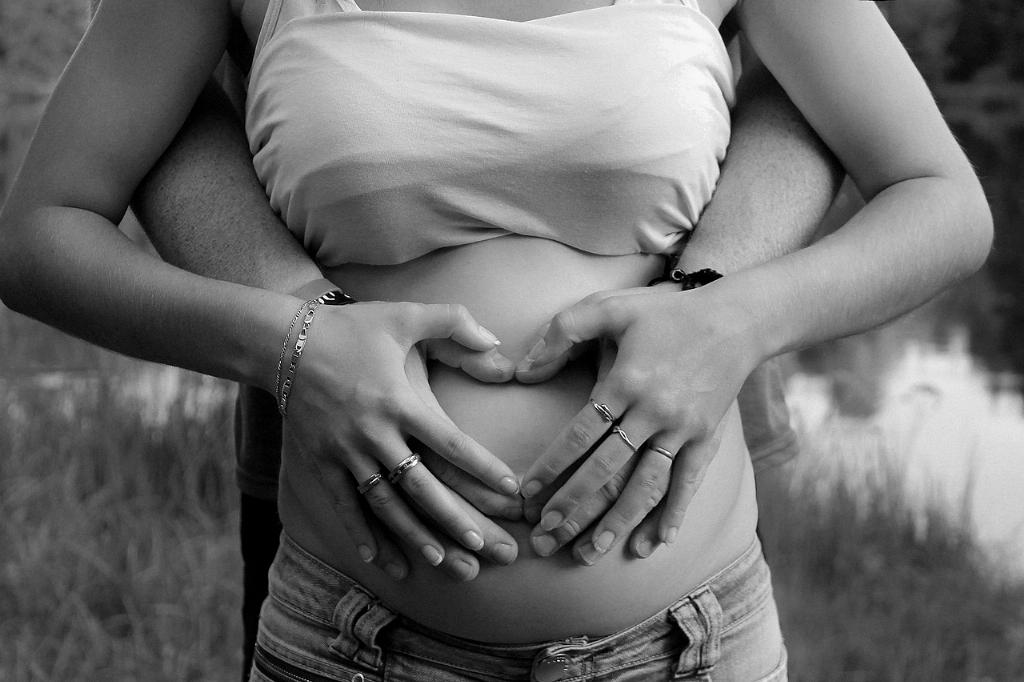When it comes to the topic of molar pregnancy, it’s important to delve into the intricacies of this unique condition that affects women during their reproductive years. Molar pregnancy, also known as hydatidiform mole, is a type of abnormal pregnancy that occurs when the tissue that is meant to develop into the placenta grows abnormally. This condition can have serious implications for the mother’s health and the potential for a successful pregnancy.
Types of Molar Pregnancy
There are two main types of molar pregnancy: complete molar pregnancy and partial molar pregnancy. In a complete molar pregnancy, an empty egg is fertilized by a sperm, resulting in a mass of abnormal cells that resemble a cluster of grapes. On the other hand, in a partial molar pregnancy, two sperm fertilize one egg, leading to an abnormal embryo with some fetal tissue.
Diagnosing Molar Pregnancy
Molar pregnancy is often diagnosed in the first trimester of pregnancy. Some common signs and symptoms include vaginal bleeding, severe nausea and vomiting, and a rapidly enlarging uterus. Additionally, an ultrasound scan may reveal the presence of abnormal tissue in the uterus, leading to further investigation.
Treatment Options
Once molar pregnancy is diagnosed, the most common treatment option is a procedure known as dilation and curettage (D&C), which involves removing the abnormal tissue from the uterus. After the procedure, close monitoring of the mother’s hCG levels is crucial to ensure that all the abnormal tissue has been removed and to detect any potential complications.
Potential Risks
Although most cases of molar pregnancy can be treated successfully, there are some potential risks associated with this condition. These may include the development of gestational trophoblastic disease, a rare form of cancer that arises from the abnormal tissue in the uterus. It’s important for women who have had a molar pregnancy to undergo regular follow-up screenings to monitor their health.
Emotional Impact
Dealing with a molar pregnancy can be emotionally challenging for women and their partners. The loss of a pregnancy, combined with the uncertainty of future pregnancies, can take a toll on mental health. Seeking support from healthcare providers, counselors, and support groups can be helpful in navigating this difficult time.
Future Pregnancy Considerations
For women who have experienced a molar pregnancy, the decision to try for another pregnancy can be complex. It’s essential to consult with a healthcare provider to discuss the risks and potential precautions that may be necessary for future pregnancies. Close monitoring during subsequent pregnancies is crucial to ensure the best possible outcome.
Prevention Strategies
While there is no guaranteed way to prevent molar pregnancy, maintaining good overall health before and during pregnancy can help reduce the risk of complications. Taking prenatal vitamins, avoiding smoking and alcohol, and attending regular prenatal check-ups can contribute to a healthy pregnancy outcome.
Educational Awareness
Increasing awareness about molar pregnancy is essential to promote early detection and appropriate management. Educating women about the signs and symptoms of molar pregnancy, as well as the importance of seeking medical attention if any concerns arise, can help improve outcomes for both mother and baby.
Conclusion
In conclusion, molar pregnancy is a unique and potentially serious condition that requires prompt diagnosis and appropriate treatment. By understanding the different types of molar pregnancy, recognizing the signs and symptoms, and following recommended treatment protocols, women can navigate this challenging experience with the support of healthcare providers and loved ones. Through education and awareness, we can strive to improve the outcomes for women affected by molar pregnancy.

